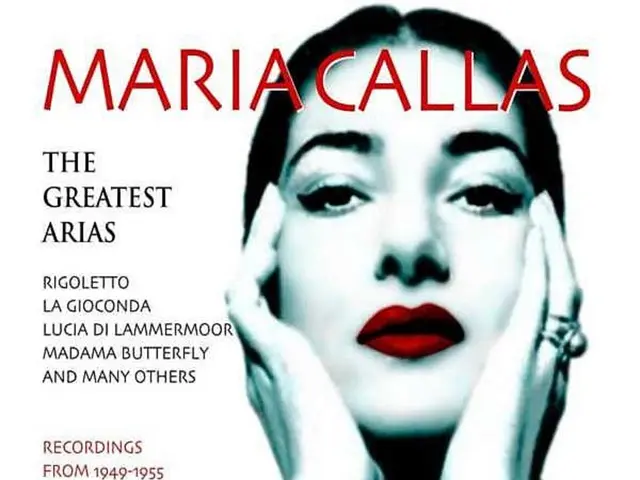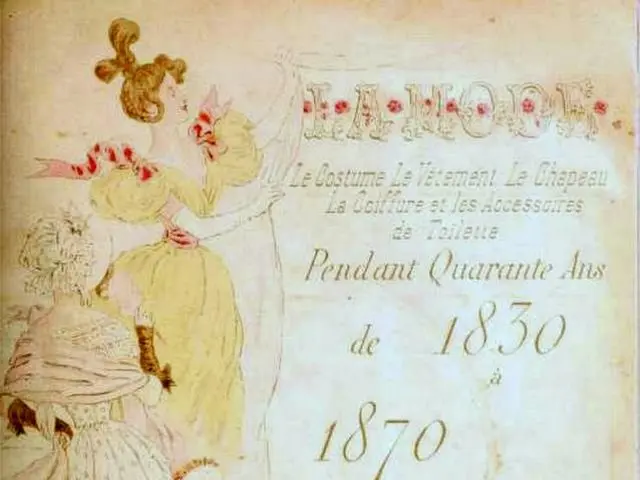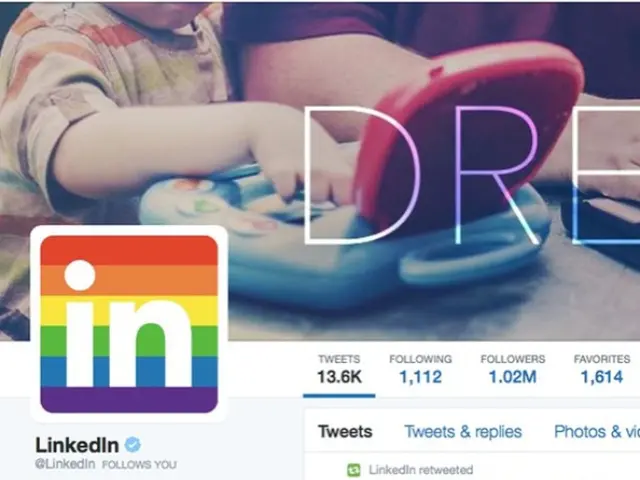Navigating Healthy Boundaries in an Avoidant-Anxious Romantic Partnership
Navigating a tricky relationship dynamic can be a challenge, but add the anxious-avoidant mix, and you're in for an emotional rollercoaster. In this dance, one partner craves closeness and intimacy while the other shies away from emotional connection. This push-and-pull routine can leave both feeling frustrated and unsatisfied.
Finding harmony in an anxious-avoidant relationship is key for long-term happiness. It boils down to setting healthy boundaries that respect both partners' fears and needs, and having open communication about each other's attachment styles. Let's dive into some handy tips to help you navigate these turbulent waters!
Decoding those Attachment Styles
Ever heard of attachment theory, crafted by psychologist John Bowlby? It's all about how our early relationships with caregivers impact our romantic connections as adults. Two primary categories shaped by this theory are anxious and avoidant attachment styles.
Folks with an anxious attachment style tend to yearn for closeness and emotional connection, feeling uneasy when their partner seems distant or detached. They might display clingy or needy behaviors, driven by the fear of abandonment and a strong desire for connection.
On the flip side, those with an avoidant style typically set their hearts on independence and self-sufficiency. When faced with closeness, they may withdraw or pull away, creating a cycle of emotional disengagement that leaves their partner feeling neglected and longing for emotional validation.
Recognizing these attachment styles is a crucial first step in understanding the dynamics of an anxious-avoidant relationship and tackling the emotional responses that fuel the relationship's challenges.
The Impacts of Anxious-Avoidant Dynamics on Relationships
The tug-of-war between anxiety and avoidance can have a powerful impact on a relationship's emotional climate. Common outcomes include a cycle of conflict that's tough to break, emotional dysregulation fueling repetitive arguments, and a gradual erosion of trust and intimacy.
The endless struggle for emotional connection can lead to a deep emotional void, leaving both individuals feeling isolated and unfulfilled. Identifying these impacts is essential for both partners to recognize the need for change and the importance of setting healthy boundaries and fostering effective communication.
Navigating the Labyrinth of Boundaries
Recognizing the signs of unhealthy boundaries is essential in mending an anxious-avoidant relationship. Unhealthy boundaries may manifest as an unequal power dynamic where one partner dominates conversations or decision-making processes, leaving the other feeling sidelined or unheard.
Another sign is emotional enmeshment, where one partner's feelings and needs take center stage, suffocating the other partner's emotional space. A lack of clear communication regarding individual needs and preferences also serves as a red flag.
Setting boundaries isn't about being cruel or selfish; it's about setting the ground rules for what you'll and won't accept in a relationship. Effective communication is the key to setting clear, respectful boundaries, and navigating the emotional landscape of an anxious-avoidant relationship.
Mastering the Art of Communication
Effective communication is the foundation of creating a healthy and harmonious relationship. Mastering communication techniques based on attachment styles can help navigate the complicated emotional landscape of an anxious-avoidant relationship.
When you understand the "safe" and "soft" communication strategies for anxious and avoidant attachment styles, you can dodge the defensive conflict spiral and create a connection filled with understanding, empathy, and growth.
Journeying Towards Lasting Happiness
Are you yearning for a loving, secure connection, but feel like nothing you've tried has worked? Check out "The Courageous Communicator," an online course designed to help you develop healthy communication skills based on attachment styles, using trauma-informed energy healing and art therapy techniques.
By learning to navigate the complexities of an anxious-avoidant relationship with effective communication, understanding, empathy, and openness, you can build a loving and fulfilling connection that nurtures and grows with you. Remember, change takes time, but by embracing growth and a willingness to make the effort, you can create a relationship that lasts.
[1] Busk, J., Drayer, L. (2012). Emotion Regulation, Communication, and Relationship Satisfaction: A Self-Determination Approach. Communication Reports, 30(1-2), 10-25.
[2] López-López, C., Oliva-Moreno, C., Gómez-Baya, J. (2017). Athena synergy effect in romantic relationships: A meta-analysis of its relationship with relationship and communication satisfaction. Journal of Social and Clinical Psychology, 36(3), 372-394.
[3] Carver, C. S., & Scheier, M. F. (1981). Self-efficacy in chronic pain: Implications for the development of coping strategies. Journal of Consulting and Clinical Psychology, 49(4), 515-521.
[4] Johnson, S. M., Wu, M. T., Chen, A. G., Reis, H. T., Li, Y. T., & Tseng, W. T. (2003). The Consequences of Therapeutic Encounters: Association Between a Parent-Child Interaction Therapy Program and Child Problem Behavior Outcomes. Child development, 74(6), 1808.
[5] Johnson, S. M., Green, S. B., Richmond, K.,ums, E. (2005). Emotionally focused couple therapy: A meta-analytic study of a significant and specific treatment. Journal of Marital and Family Therapy, 31(3), 327-347.
- Understanding attachment theory, developed by psychologist John Bowlby, is vital in identifying the roots of our romantic relationship struggles as adults, particularly in anxious-avoidant dynamics.
- Those with an anxious attachment style crave emotional connection and readily display clingy or needy behaviors due to fear of abandonment, while avoidant types prioritize independence, often withdrawing when faced with closeness.
- Conflict, emotional dysregulation, and erosion of trust and intimacy are common outcomes of the anxious-avoidant dynamic, necessitating a change in approach to foster harmony.
- Unhealthy boundaries hinder the progress of an anxious-avoidant relationship, as seen in power imbalances, emotional enmeshment, and poor communication.
- Mastering communication techniques based on attachment styles can help alleviate the complexities of these relationships, fostering understanding, empathy, and growth.
- Art therapy and trauma-informed energy healing can aid in the emotional healing process of anxious-avoidant relationships, reinforcing the foundation of effective communication.
- By setting clear, respectful boundaries, seeking open communication, and developing understanding, both partners can break free from unhealthy patterns, leading to a more loving and fulfilling connection.
- The Courageous Communicator online course can provide valuable tools for navigating anxious-avoidant relationships, teaching healthy communication skills and promoting long-lasting relationships.
- Scientific research underscores the importance of effective communication and boundary-setting in fostering relationship and communication satisfaction, as evident in various studies on emotion regulation, parent-child interaction therapy, and emotionally focused couple therapy.
- On the journey towards lasting happiness in anxious-avoidant relationships, embracing growth, self-efficacy, and a willingness to make efforts can yield positive, life-changing outcomes, transforming the relationship into a vital component of mental health, health-and-wellness, and overall lifestyle.







